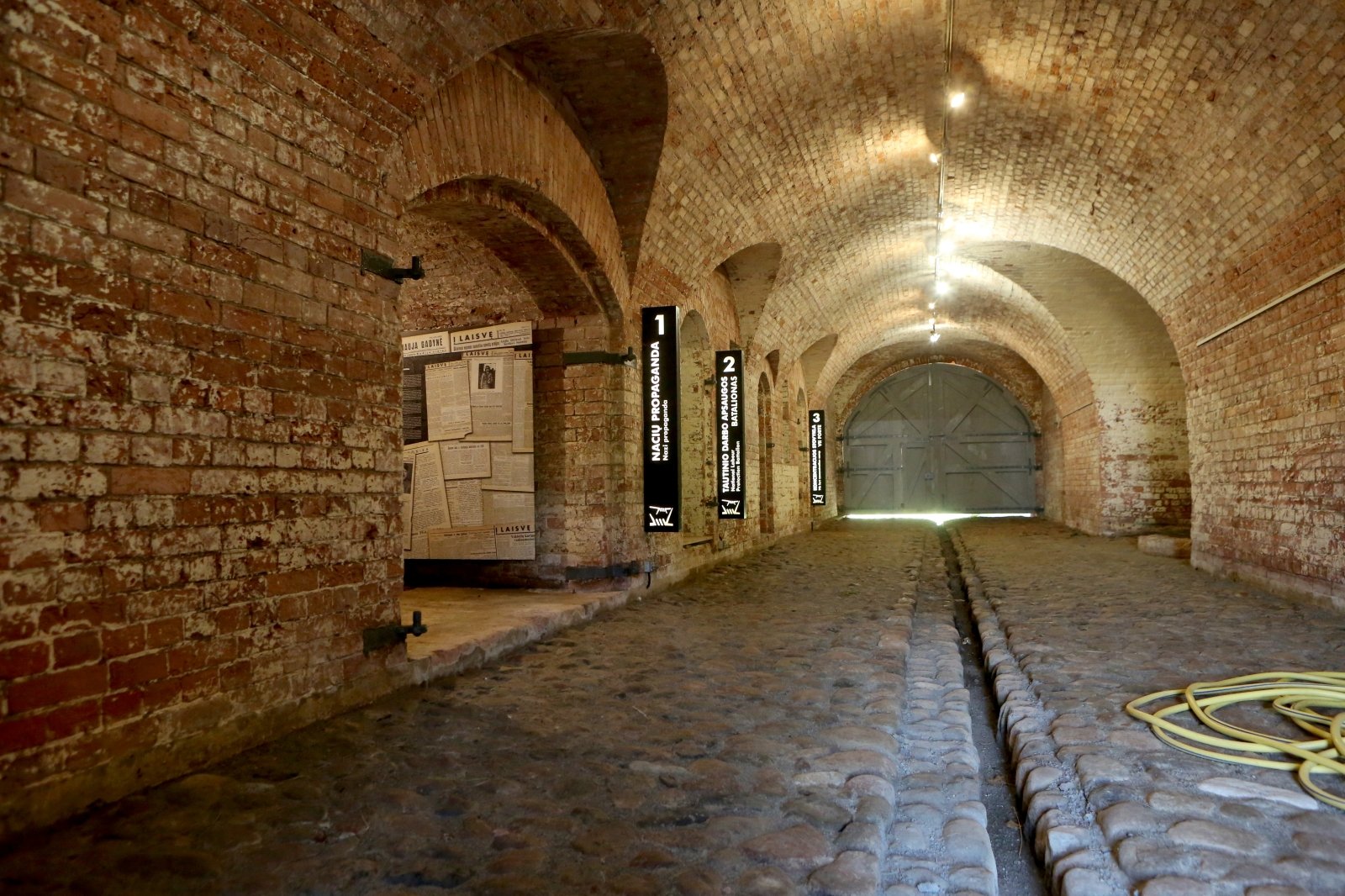
[ad_1]
The only private fort in Kaunas.
Not all Kaunas residents who go along Sukilėlių avenue know that next to the Clinics, on the other side of the road, behind the high walls, there is a complex of ancient fortifications, a part of the Kaunas Fortress and Fort VII .
The fort, which did not suffer at all during the First World War, was ruled by the military for a long time. During the Soviet era, the base of the Vojentorg military trading system operated here, and after Lithuania regained its independence, it was hosted by military volunteers.
The fort, which had not had a real owner for a long time, gradually disappeared and turned into garbage. The locals did not bother to throw several junk mails through the fence in the valley of the fort, where a mass grave of Holocaust victims was later discovered.

Fortress VII of the Kaunas Fortress
© DELFI / Nerijus Povilaitis
In 2009, the fort was privatized and the public institution “Military Heritage Center”, which acquired it, undertook a titanic work, turning this part of the city fortress into a place where people could visit an exhibition.
Eventually things took a somewhat unexpected direction. Fort VII is now known for its non-formal education programs, there are biochemistry laboratories equipped with modern scientific equipment, which are not inferior to universities, and classes are attended not only by students from Kaunas, but also from other cities in the country. .
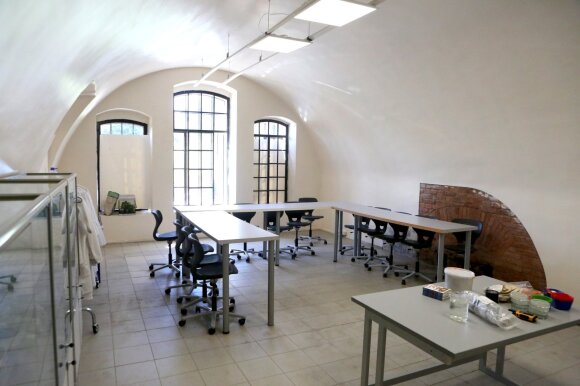
Fortress VII of the Kaunas Fortress
© DELFI / Nerijus Povilaitis
I found a new niche: natural and exact sciences.
“Already after starting the museum activity, we saw that the museum alone will not make the entire fort work, we will not collect such a collection and we will not create such an exhibition. When we started looking around, we saw education, we started looking for ourselves because we didn’t want to duplicate what had already been created. This is how we discovered the natural and exact sciences, an area that was completely abandoned by the municipality and the state in Kaunas, “Vladimir Orlov, director of the military heritage center, which manages the fort, told the Delfi portal.
At first, fairly simple educations were offered, circles made up of primary school students. At the time, he did not dream of researching and working with older students.

Fortress VII of the Kaunas Fortress, Vladimir Orlov
© DELFI / Nerijus Povilaitis
“We only had three flasks of different sizes. The idea came up that you somehow needed to earn money and buy decent lab equipment. Finally the fateful day came when we started looking at 10th, 11th and 12th grade students, the idea came up to give them a chance to see what they don’t see even in their best gyms.
That was three years ago. Then we saw biotechnology as a new and highly progressive sector with enormous potential from both science and business. We have also seen the endless curiosity of students interested in biotechnology, molecular biology, biochemistry, ”said V. Orlov.
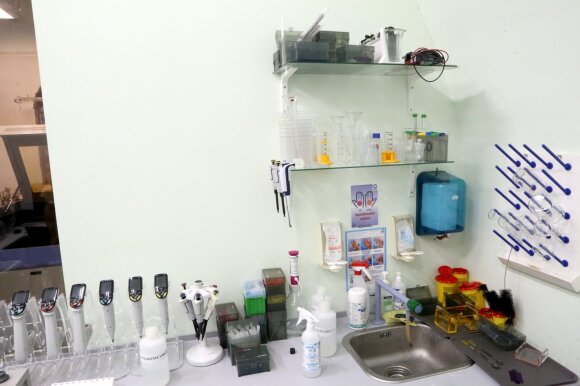
Fortress VII of the Kaunas Fortress
© DELFI / Nerijus Povilaitis
The laboratory equipment had to be repaired by ourselves.
“The risk was enormous: we realized that we needed people with a very specific education, a biologist alone was not enough. The hardest part was that these people usually came to well-equipped labs and we called into an empty room promising to buy everything they said. And here we are talking about devices with a starting price of 10 thousand. “Orlov recalled.
The search for professional laboratory equipment was highly original. The devices were searched in the international auction “E-Bay”, specialized online forums and advertising portals. Not only was used equipment purchased in working order, but defective equipment was purchased, repaired on site, sometimes creating one unit of work out of two inoperative. Kaunas residents are also lucky because wealthy foreign laboratories constantly update equipment and sell old equipment for residual value.
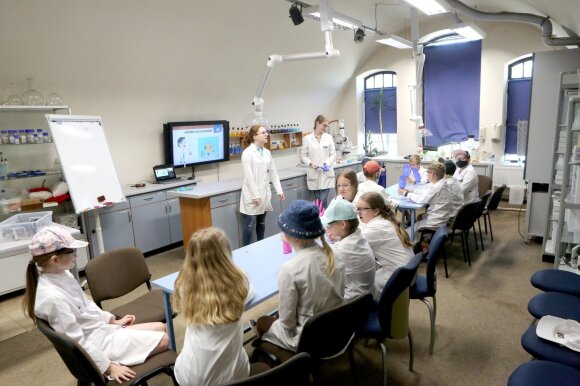
Fortress VII of the Kaunas Fortress
© DELFI / Nerijus Povilaitis
“During the year we managed to complete a decent laboratory. There was another problem with the purchase of reagents: when we contacted certain companies, their response was one: “we do not sell to schools.” It took us years to prove that we are serious and worthy partners to communicate with us. We are the smallest customers in all these companies, but we often order and buy reagents at the latest when universities do, ”said V. Orlov.
Students from elite gyms also visit
Now the equipment available at Kaunas VII Fortress outperforms gyms in the country, so students from the most sought-after educational institutions – Vilnius Lyceum and Kaunas KTU Gymnasium – also attend classes that take place here.
“We have about 100 students in university fields of study: microbiology, biochemistry – genetics, synthetic biology. Yes, these are exceptional children. And not only in famous gyms are there children who are interested, they have a good theoretical base, ”said V. Orlov.

Fortress VII of the Kaunas Fortress
© DELFI / Nerijus Povilaitis
The non-formal educational institution located in the casemates of the Russian Tsarist Fort is not considered a school for the elite. Classes are attended by about 350 students, and no selection is required to enter here, the monthly fee is 25 euros.
“We try to make our lessons available to all students who want them, regardless of the thickness of the parents’ wallet, if there is a desire, we will teach. If it is not there, you will do nothing. We invite employees, who can not offer them high salaries, people come who understand that Lithuania needs it, who like to create, work with talented children, ”said V. Orlov.
The director of the Military Heritage Center mentioned that his alumni already work in international biotechnology companies, and after the second year they demonstrate competencies superior to those of graduates.
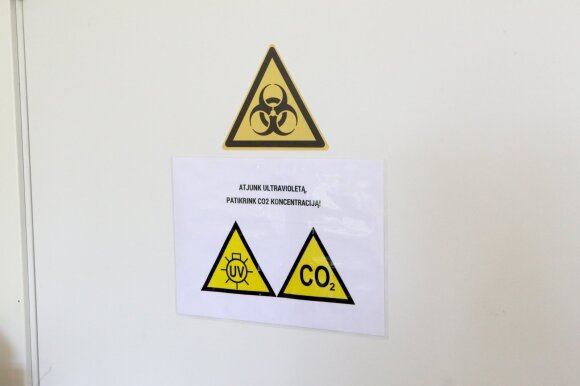
Fortress VII of the Kaunas Fortress
© DELFI / Nerijus Povilaitis
“We are talking about a new industrial revolution. Because now proteins, enzymes, biotechnology are the same as steel in the 19th century. Biotechnology is entering the field of medicine very aggressively, silly as it may sound, and a number of medical specialties will disappear with the arrival of sophisticated drugs at the cellular level that will solve problems within the cell. And now we are suppressing the consequences of the disease or eliminating something in an invasive way, ”said V. Orlov about future prospects.
The worst stage in the history of the fort is the Nazi occupation
Fort VII of Kaunas Fortress is not just a place where future natural science talents grow. It is the only non-formal educational institution located in the place where the first concentration camp operated not only in Lithuania, but also in all the territories occupied during the Nazi occupation. Mass killings of Kaunas residents, mostly Jews, also took place here.
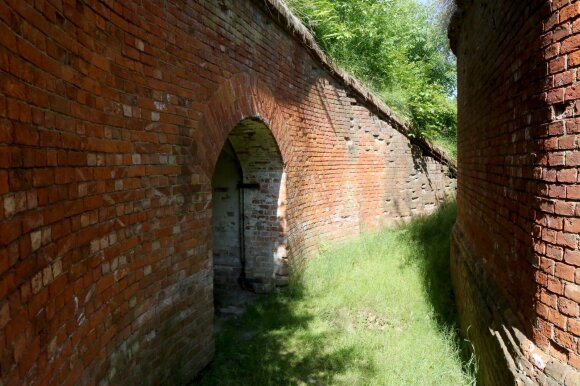
Fortress VII of the Kaunas Fortress
© DELFI / Nerijus Povilaitis
The order to establish a concentration camp in Lithuania was received from Berlin in 1941. On June 29 and the following day, June 30, the Provisional Government of Lithuania (LLV) led by Juozas Ambrazevičius adopted a resolution to establish it at the Fort. VII. A newly formed National Labor Protection Battalion (TDA) was appointed to protect the prisoners and carry out the killings.
The 1st and 3rd companies of the TDA Battalion participated in the massacres in this and other Kaunas forts. Almost the entire battalion, which was characterized by invisible cruelty, participated in carrying out large-scale destructive actions, as in Fortress VII in Kaunas.
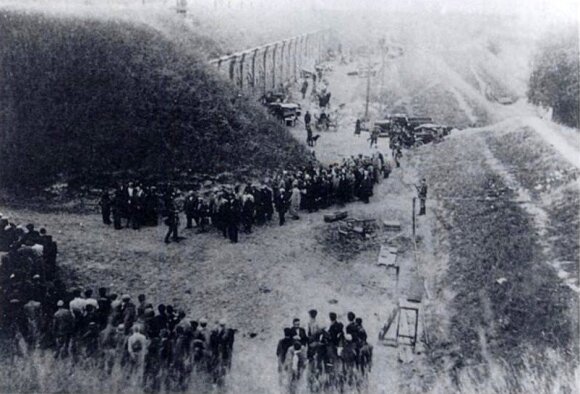
Fort VII, photo of the Kaunas Fortress Fort VII Museum
In Fort VII, most of the Jews were imprisoned and later murdered, but there were also Lithuanians called “communists” in the documentation of the occupiers. The prisoners of the Soviet army were also held here. The men remained open in the fortress square and the women and children in casemates.
There are reports that women and girls imprisoned at the fort were massively raped by the Nazis and their collaborators. The systematic extermination of detainees began in July. According to the data that are preserved, a grave was dug in which the condemned were built.
The place of the terrible tragedy is marked by a modest monument
The soldiers carried out the execution by firing machine guns and light weapons at the people in the hills. In the eastern part of the fort, some 40 prisoners, known as rabbi witnesses and dressed in Jewish religious clothes, were shot. They are believed to be students of religious schools. Among the victims were famous people: Rabbi Bunim Vaserman and the Lithuanian poet Vytautas Montvila.
The bloodiest execution of the fort took place on July 6, 1941. During it, about 2.5 thousand people were shot from the walls. mens. The Fort VII massacre lasted until July 19. This time 26 people died: 17 Jews, 2 Jews, 4 Lithuanian Communists, 2 Lithuanian Communists and a German Communist. It is estimated that up to 5,000 people died and were buried in mass graves in this fort.
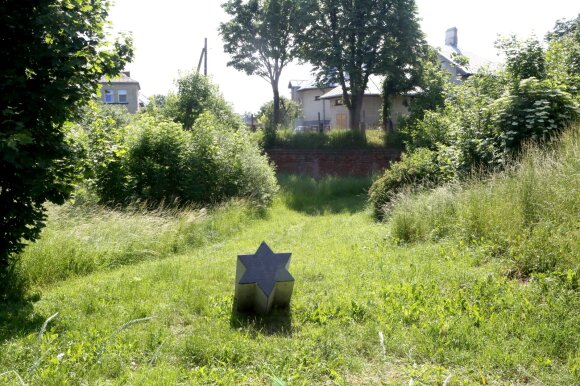
Fortress VII of the Kaunas Fortress
© DELFI / Nerijus Povilaitis
In 1962, Soviet special services officials carried out a comprehensive investigation into the Fort VII massacre. They managed to find two Nazi collaborators of Lithuanian nationality, based on their testimony, the locations of the mass graves were identified.
Later, the Lithuanians who participated in the execution admitted that during the mass shooting of the Jews, they wandered among the corpses, peeling the gold teeth with tweezers and removing the rings.
Information on mass graves was not made public. After the privatization of Fort VII and the start of the management of its surroundings, the tomb of the victims of the Holocaust was discovered by accident. The drainage of the ravine revealed fragments of human bones, as well as skulls with bullet holes, remains of shoes.
Now the place where the burial is about 5 thousand. the victims of the Nazi coloborants are marked by a modest monument, foreign diplomats attend the commemorations of the tragic anniversaries and the rabbis pray.
It is strictly forbidden to use the information published by DELFI on other websites, in the media or elsewhere, or to distribute our material in any way without consent, and if consent has been obtained, it is necessary to cite DELFI as the source. .
[ad_2]